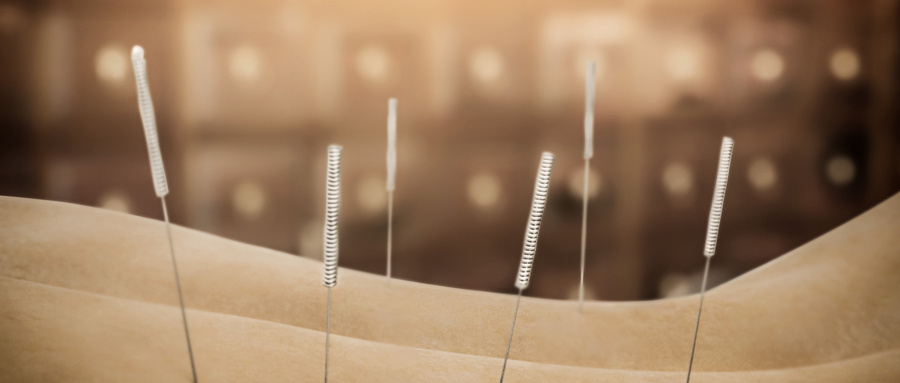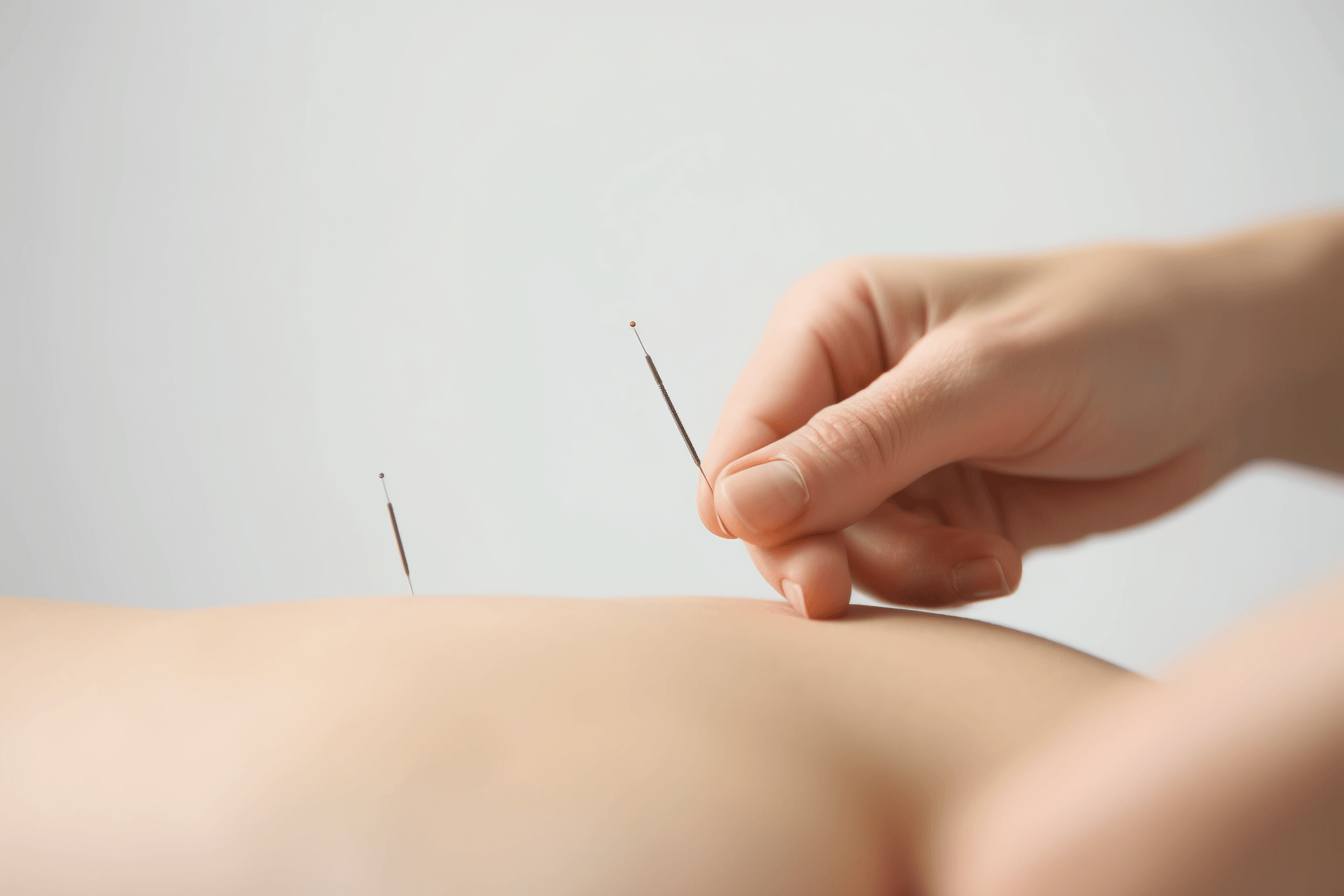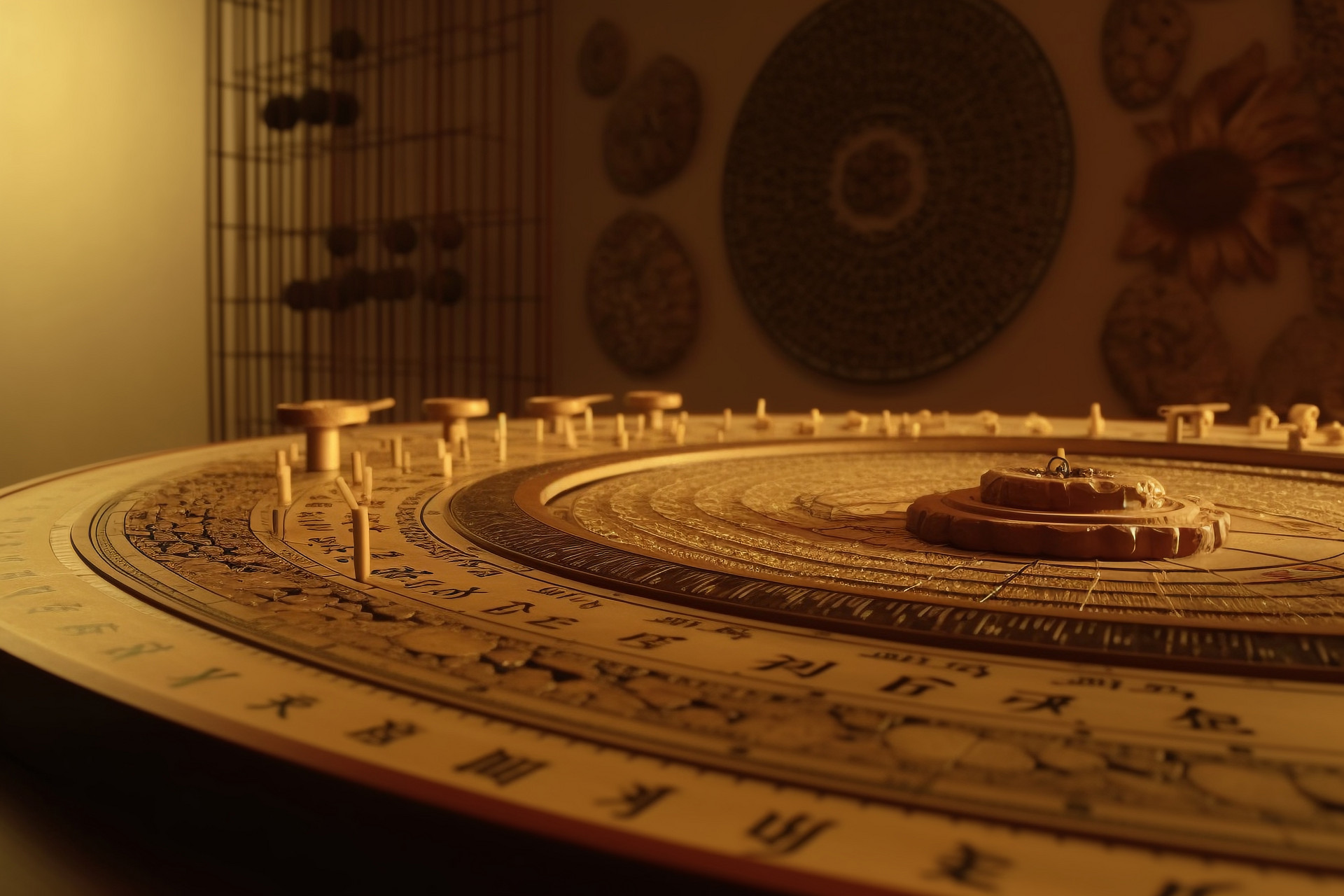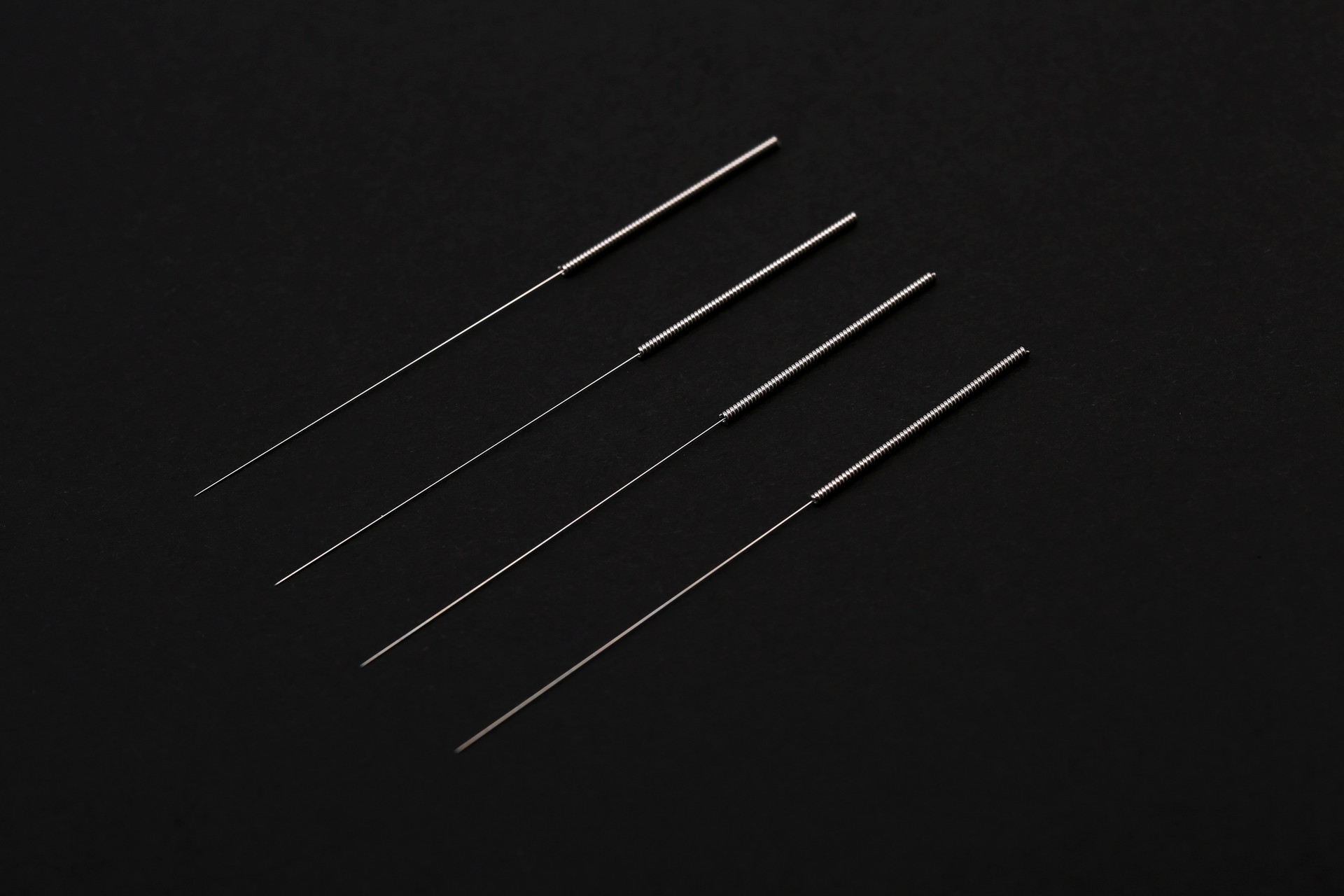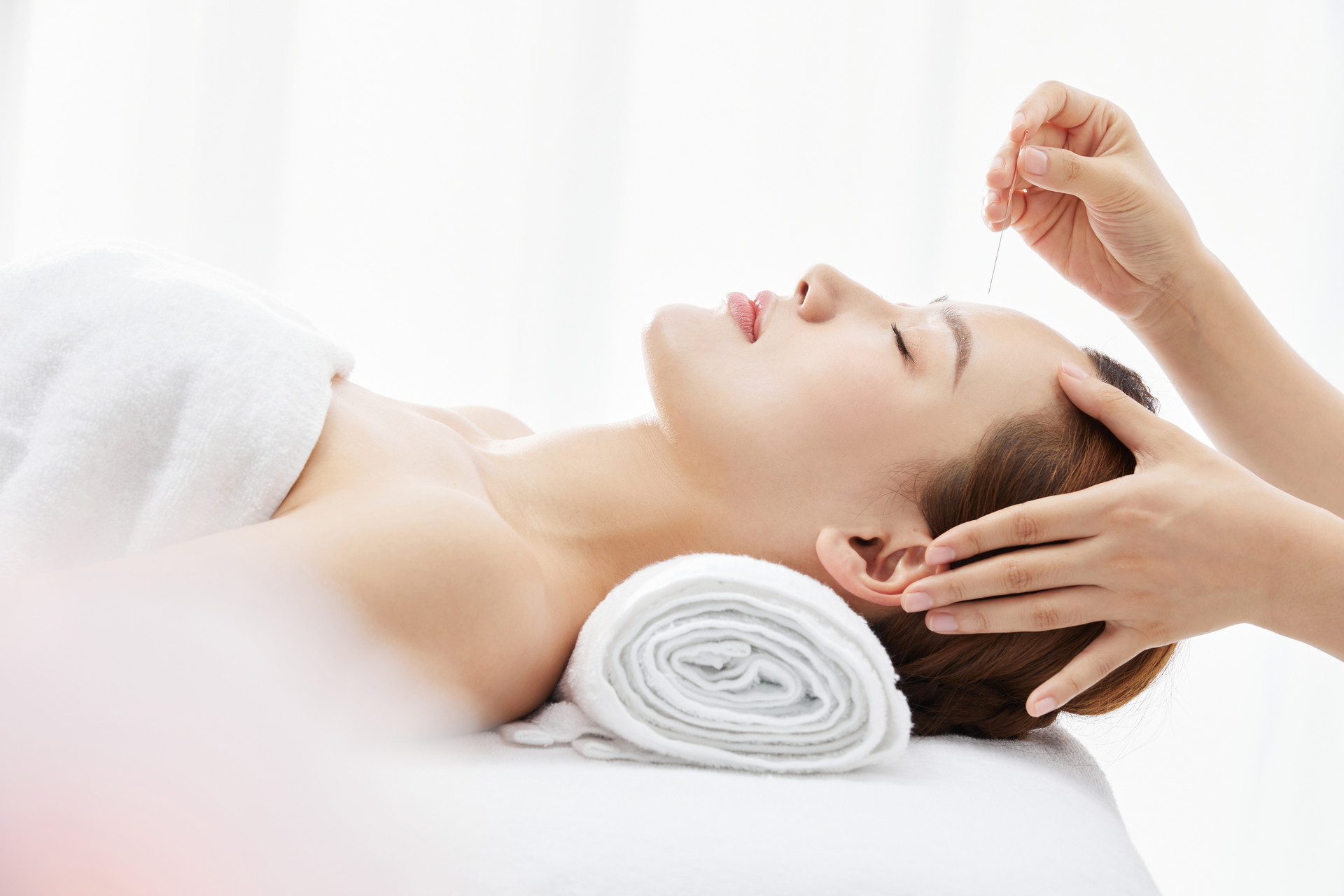Understanding the Principles of Acupuncture Treatment
The common understanding of acupuncture treatment is that it can promote the flow of meridians, calm the mind, awaken the spirit, improve blood circulation, resolve phlegm and dampness, tonify or purge organs, and balance yin and yang. But how does it actually work?
Meridian Unblockage: It is often said that "if there is blockage, there is pain; if there is no blockage, there is no pain." So, does acupuncture alleviate pain by unblocking meridians? This reasoning sounds logical, but upon closer examination, there are some doubts. After acupuncture, there is initially pain. According to the saying "if there is blockage, there is pain," it can be inferred that acupuncture causes blockage of meridians, which seems contradictory.
Calming the Mind and Awakening the Spirit: Whether it is insomnia or excessive sleepiness, regardless of which acupuncture point is stimulated, there is an immediate awakening response. Treating coma with acupuncture is a good example. It has been found clinically that Fengfu (DU16) is highly effective in treating insomnia and excessive sleepiness. Fengfu can both calm the mind and awaken the spirit. Therefore, the popular belief now is that acupuncture has a bidirectional regulatory effect, but the detailed mechanism is not well understood.
Blood Circulation: The effect of acupuncture on blood vessels is primarily constriction followed by subsequent dilation and congestion. With careful observation, it can be noticed that after acupuncture at a specific location, the area around the needle first turns white and then turns red, with the redness spreading to the surrounding area. Therefore, it is not accurate to simply say that acupuncture treats diseases by improving blood circulation.
Resolving Phlegm and Dampness: After acupuncture, if phlegm decreases and dry mouth is relieved, some books claim that certain acupuncture points can resolve phlegm and promote salivation to quench thirst. However, these writings only record the superficial effects without explaining the underlying mechanisms. How does acupuncture resolve phlegm and promote salivation? Acupuncture does not directly introduce fluid or remove phlegm.
Tonifying or Purging Organs: Acupuncture needles contain neither qi nor blood, nor any other material substances that can directly nourish the organs. Therefore, acupuncture cannot directly tonify or purge organs. Additionally, after needle insertion, there are needle holes, but the qi, blood, and other substances of the organs will not leak out through the needle holes, so acupuncture does not directly purge the organs either.
Balancing Yin and Yang: Acupuncture needles do not contain yang, so they cannot tonify yang. Acupuncture needles also do not contain yin, so they cannot nourish yin. Acupuncture does not contain pathogenic factors, so it does not harm the yin and yang within the body. Therefore, the claim that acupuncture can balance yin and yang is also questionable.
All of the above explanations are inaccurate and do not touch upon the essence of acupuncture. To understand how acupuncture works, we must first understand the body's network system.
The Five Major Networks in the Human Body
The human body is a coherent and self-contained system of networks. The body can be divided into the following networks: Wei (Defensive) Network, Xue (Blood) Network, Pi Lian (Connecting) Network, Ji Lian (Extreme Connection) Network, and Ceng Lian (Layer Connection) Network.
Wei Network: Refers to the nervous system.
Xue Network: Refers to the circulatory system, including the lymphatic system.
Pi Lian Network: The tissues closely surrounding the nerves and blood vessels.
Ji Lian Network: The connection system between extremities, such as the upper and lower extremities, or the front and back extremities. For example, if there are nodules attached to the upper layer of a hemorrhoid, cutting them off can easily relieve the hemorrhoid or even cure it. This is using the connection between upper and lower extremities to treat diseases.
Ceng Lian Network: The connection system between layers, such as the connection between the skin layer, dermis layer, subcutaneous layer, muscle layer, skeletal layer, and organ layer. Scraping stimulates the skin layer, but it can also treat organ diseases by utilizing the layer connection between the skin layer and the organ layer.
The Effects of Acupuncture
With the knowledge foundation above, it becomes easier to understand the principles of acupuncture treatment. Acupuncture mainly has the following four effects:
Treating through Pain: Acupuncture first produces pain, and the pain gradually disappears or becomes tolerable during the course of treatment.
Regulating the Mind: When you pay attention to pain, it becomes more sensitive, but when you don't pay attention, it becomes less sensitive. Many people may have experienced this. After acupuncture, the local area of the acupuncture point becomes painful, shifting the attention away from the original painful area and thus relieving the pain. Therefore, acupuncture treats diseases by regulating the mind.
Regulating the Wei Network: Acupuncture causes the depletion of pain mediators, which are the chemical substances that cause pain. As a result, the pain diminishes, and the pain threshold increases. In other words, the sensitivity to the acupuncture stimulus decreases. Therefore, acupuncture initially causes pain, but as the pain mediators are depleted, the pain subsides.
Regulating the Xue Network: After acupuncture at a specific location, the area around the needle first turns white and then turns red, with the redness spreading to the surrounding area. This demonstrates that acupuncture first constricts the blood vessels and then causes subsequent dilation, which regulates the blood circulation.
Adaptation: After acupuncture, the body adapts to the pain and mobilizes and coordinates its overall strength. This adaptability and the ability to mobilize and coordinate are known as the body's positive energy. When the positive energy is sufficient, the adaptation is quick and the relief is rapid. When the positive energy is deficient, the response is slow, and the treatment effect is poor.
In summary, after acupuncture, pain is initially produced, but the attention is shifted away from the original discomfort, pain mediators are depleted, the blood vessels constrict and then dilate, and the body produces an adaptive (self-healing) response through the connections of the Pi Lian, Ji Lian, and Ceng Lian tissues, regulating the functions of qi, blood, yin and yang, body fluids, and organs to a normal state. Therefore, the foundation is the body's adaptability, which is what we call positive energy. When positive energy is sufficient, the regulation is rapid, and the recovery from disease is quick. When positive energy is deficient, the response is slow, and the effect is poor.
The above is the principle of acupuncture treatment, but the therapeutic effects of acupuncture at different acupoints vary. The same acupoint can treat pain in many areas, and different acupoints can be used to treat the same painful area. This is known as non-specific analgesia. Some acupoints are effective for certain pain, while others are not. Moreover, certain pain is most sensitive to a specific acupoint, which is known as specific analgesia.


